Owners vouch for the 2024 Mazda CX-5's impressive mix of performance, style, and efficiency. One of the most critical aspects of any SUV is its fuel capacity and economy, as these factors directly impact long-distance driving convenience and overall cost of ownership.
This comprehensive guide explores every detail about the Mazda CX-5 gas tank size, fuel efficiency, and how these elements contribute to the vehicle's real-world usability.
The 2024 Mazda CX-5 Fuel Capacity
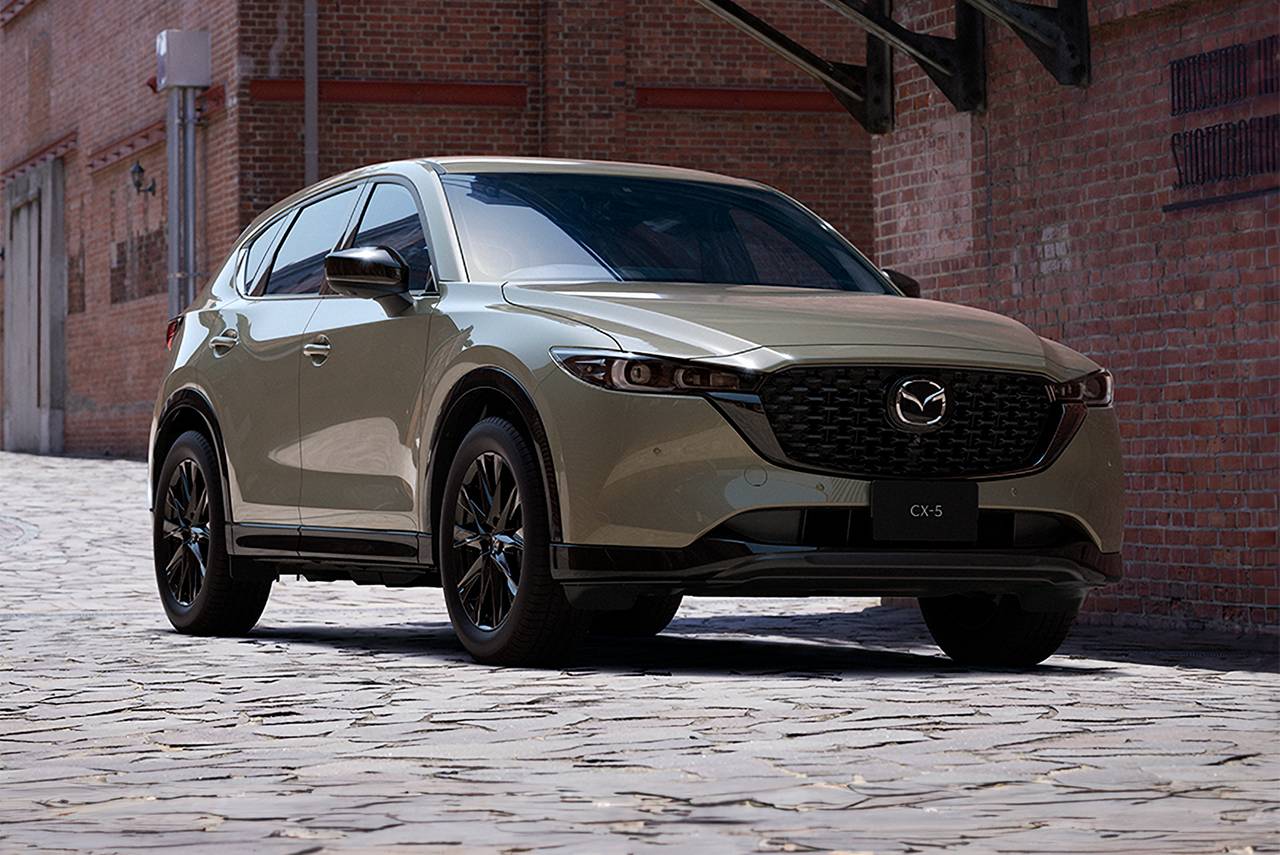
The Mazda CX-5 fuel capacity stands at 58.0 liters (15.3 US gallons) for models sold in the U.S. and Canada, while the Mexican variant has a slightly smaller tank at 56.0 liters (14.8 US gallons). This difference may seem minor, but it can affect driving range, particularly for those who frequently travel long distances.
The fuel tank is designed to accommodate regular unleaded gasoline, making it significantly more cost-effective compared to competitors like the Mercedes-Benz GLA 250, BMW X1 (xDrive28i), and Audi Q3 requiring premium fuel.
The CX-5 gas tank size plays a crucial role in determining how far the vehicle can travel between fill-ups. When paired with its EPA-estimated 25 MPG combined fuel economy (23 city/29 highway), the 15.3-gallon tank allows for a theoretical driving range of approximately 382.5 miles on a full tank in mixed driving conditions.
For highway-centric drivers, this range can extend to 443.7 miles, thanks to the 29 MPG highway rating—a figure that highlights the CX-5’s efficiency for road trips.
Fuel Efficiency: Breaking Down The 2024 Mazda CX-5 MPG
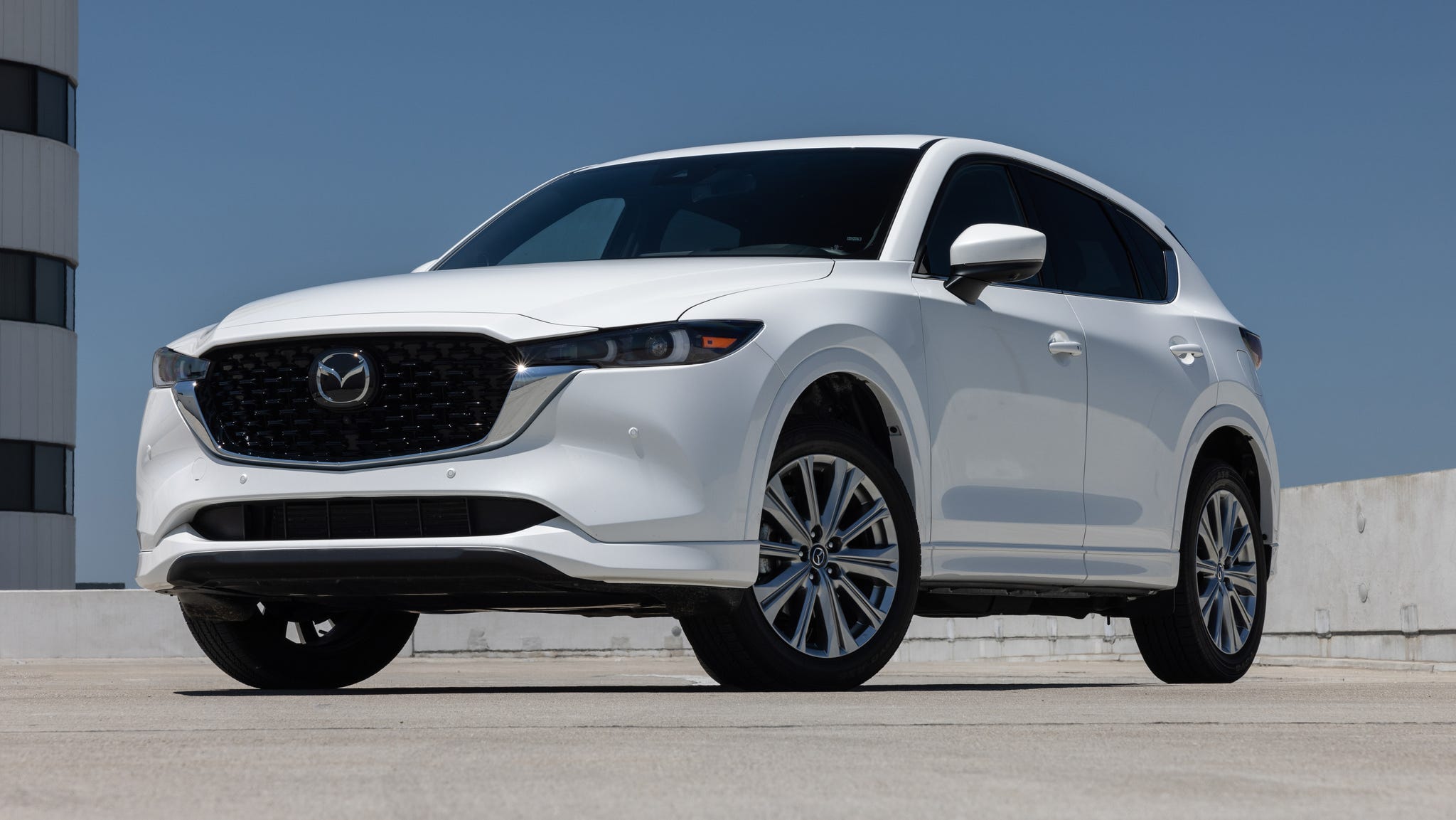
The 2024 Mazda CX-5 MPG figures reflect a well-balanced powertrain that doesn’t sacrifice performance for efficiency. The standard 2.5L four-cylinder engine delivers 23 MPG in city driving and 29 MPG on the highway, resulting in a combined 25 MPG .
These numbers place the CX-5 competitively within the compact SUV segment, especially when considering its standard all-wheel-drive system, which typically reduces fuel economy compared to front-wheel-drive competitors.
For drivers prioritizing Mazda CX-5 fuel economy, it’s worth noting that real-world mileage may vary based on driving habits, terrain, and climate. Aggressive acceleration, frequent stop-and-go traffic, and rooftop cargo carriers can all negatively impact CX5 gas mileage.
However, Mazda’s SKYACTIV-G engine technology optimizes combustion efficiency, helping the CX-5 maintain strong fuel consumption figures even under varying conditions.
Mazda’s SKYACTIV-G engine technology maximizes combustion efficiency through precise engineering. A high compression ratio (13:1) ensures more complete fuel burn, extracting greater energy from each drop of gasoline. Direct injection delivers fuel at ultra-high pressure (up to 2,900 psi), optimizing atomization for cleaner, more efficient combustion.
The 4-2-1 exhaust manifold reduces residual exhaust gas, minimizing knock and allowing higher compression without pre-ignition. Additionally, variable valve timing (VVT) adjusts intake/exhaust cycles dynamically, improving airflow and throttle response.
Combined with lightweight internal components, these innovations reduce friction and heat loss, enhancing both Mazda CX-5 MPG and power output while maintaining reliability.
How The CX-5’s Dimensions Influence Fuel Efficiency
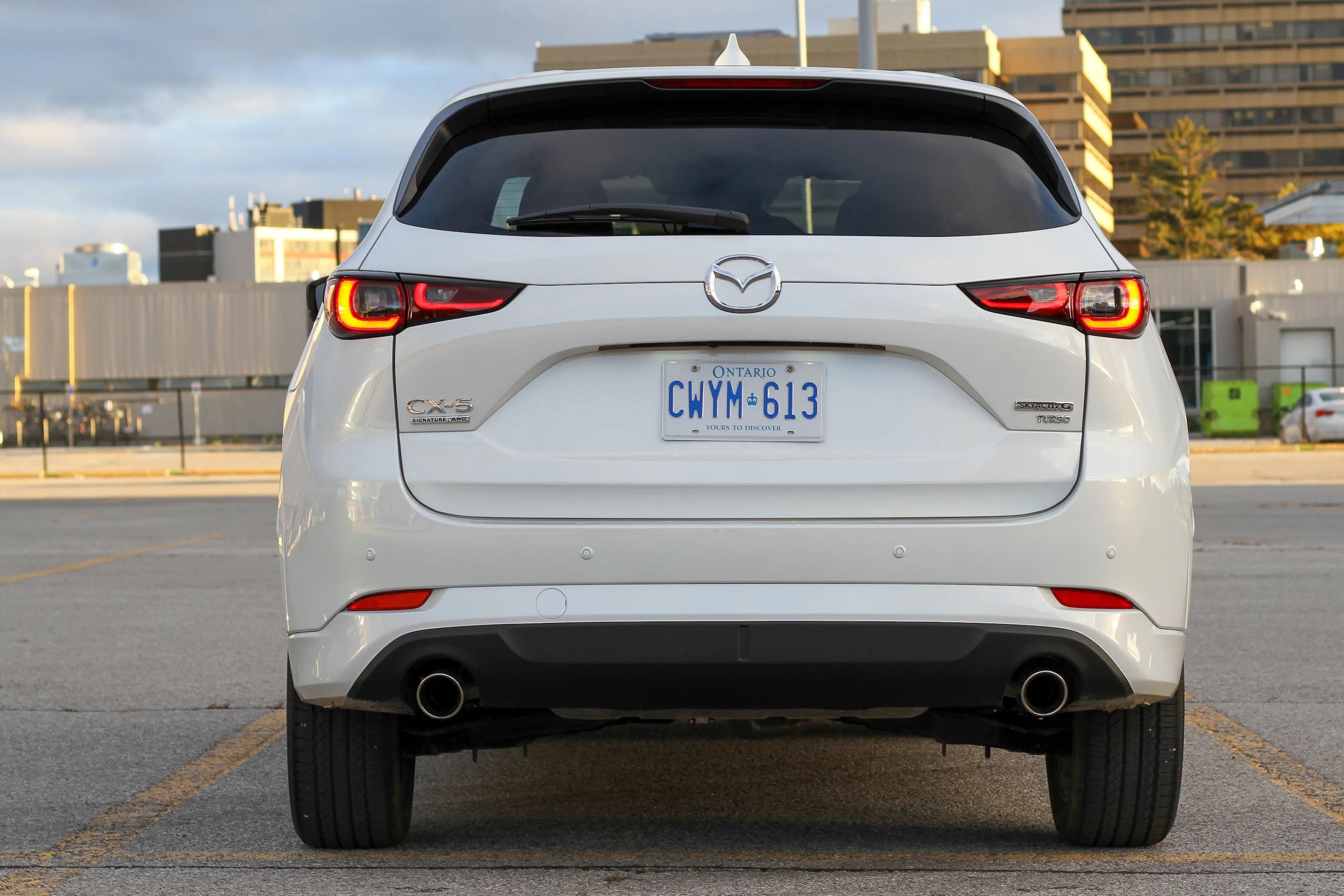
The Mazda X5 dimensions (CX-5) contribute to its aerodynamic efficiency. With a length of 180.1 inches and a width of 72.6 inches (excluding mirrors), the CX-5 strikes a balance between interior space and wind resistance.
The vehicle’s curb weight of 3,710 lbs is managed well by the engine, ensuring that the Mazda CX-5 miles per gallon remain competitive despite its robust build.
Additionally, the CX-5’s independent suspension and stabilizer bars enhance stability at higher speeds, reducing unnecessary drag that could hurt cx5 mileage. The inclusion of all-season tires as standard also ensures optimal traction without excessively compromising rolling resistance, further supporting the 2024 CX-5 MPG claims.
The CX-5’s dimensions and drivetrain play a crucial role in its fuel efficiency compared to rivals like the Honda CR-V, Toyota RAV4, and Subaru Forester. Its length and width of 180.1 inches and 72.6 inches makes the CX-5 slightly shorter and narrower than the CR-V (184.6” x 73.0”) and RAV4 (180.9” x 73.0”), contributing to better aerodynamics and reduced drag.
However, its 0.33 Cd (coefficient of drag) is marginally higher than the CR-V’s (0.32 Cd), partly due to Mazda’s sportier styling.
Where the CX-5 stands out is its standard all-wheel-drive (AWD) system, unlike competitors that offer front-wheel-drive (FWD) as a base. While AWD typically reduces fuel economy, Mazda’s i-ACTIV AWD minimizes efficiency losses by operating primarily in FWD mode and engaging rear wheels only when needed.
In contrast, the RAV4’s AWD system (EPA-rated 28 MPG combined) slightly outperforms the CX-5 (25 MPG combined), thanks to Toyota’s hybrid options. Meanwhile, the Subaru Forester’s full-time symmetrical AWD (26 MPG combined) is less efficient due to constant power distribution.
The CX-5’s 6-speed automatic transmission (vs. competitors’ CVTs) prioritizes durability and driver engagement over maximum efficiency. While CVTs in the CR-V (27 MPG combined) and RAV4 (30 MPG hybrid) achieve better mileage, Mazda’s traditional gearbox offers smoother acceleration and a more connected feel.
Ultimately, the CX-5’s balance of dimensions, AWD efficiency, and transmission tuning makes it competitive, though not class-leading, in fuel economy.
Comparing Fuel Economy Across Driving Conditions

The Mazda CX-5 fuel consumption varies between city and highway driving, as expected. Urban commuters will experience 23 MPG, which is respectable for an AWD SUV. Meanwhile, the 29 MPG highway rating makes the CX-5 an excellent choice for travelers who spend significant time on interstates.
When compared to rivals like the Honda CR-V or Toyota RAV4, the CX-5’s numbers are slightly lower, but its engaging driving dynamics often justify the trade-off for enthusiasts.
For those curious about cx 5 MPG in extreme conditions, towing near the 2,000-lb maximum capacity will noticeably reduce efficiency. Similarly, driving in mountainous regions or harsh winters can lead to higher fuel consumption, though Mazda’s engineering ensures that the impact is minimimal.
The CX-5’s i-ACTIV AWD system delivers confident snow performance by continuously monitoring road conditions and preemptively transferring torque to slipping wheels—outperforming the Honda CR-V’s reactive AWD in early traction control.
While the Subaru Forester’s symmetrical AWD remains the gold standard for deep snow due to its full-time power distribution, the CX-5’s lighter curb weight (3,710 lbs vs. Forester’s 3,648 lbs) and torque-vectoring mimic its stability with less fuel penalty (25 MPG vs. Forester’s 26 MPG combined).
Off-road, the CX-5’s 7.5-inch ground clearance trails the RAV4 Adventure (8.4 inches) and Forester (8.7 inches), limiting rugged trail capability.
However, Mazda’s G-Vectoring Control+ enhances loose-surface handling by subtly adjusting engine torque during cornering—a feature absent in CR-V and RAV4. The CX-5’s 6-speed transmission also proves more reliable than CVTs in competitors when climbing icy inclines, avoiding rubber-band effect.
Fuel economy suffers marginally in winter conditions, with observed 20-22 MPG in heavy snow (similar to CR-V but better than Forester’s 19-21 MPG). While not a hardcore off-roader, the CX-5 strikes a rare balance, offering predictable winter manners without sacrificing its efficient highway DNA.
Practical Implications Of The CX-5’s Fuel System
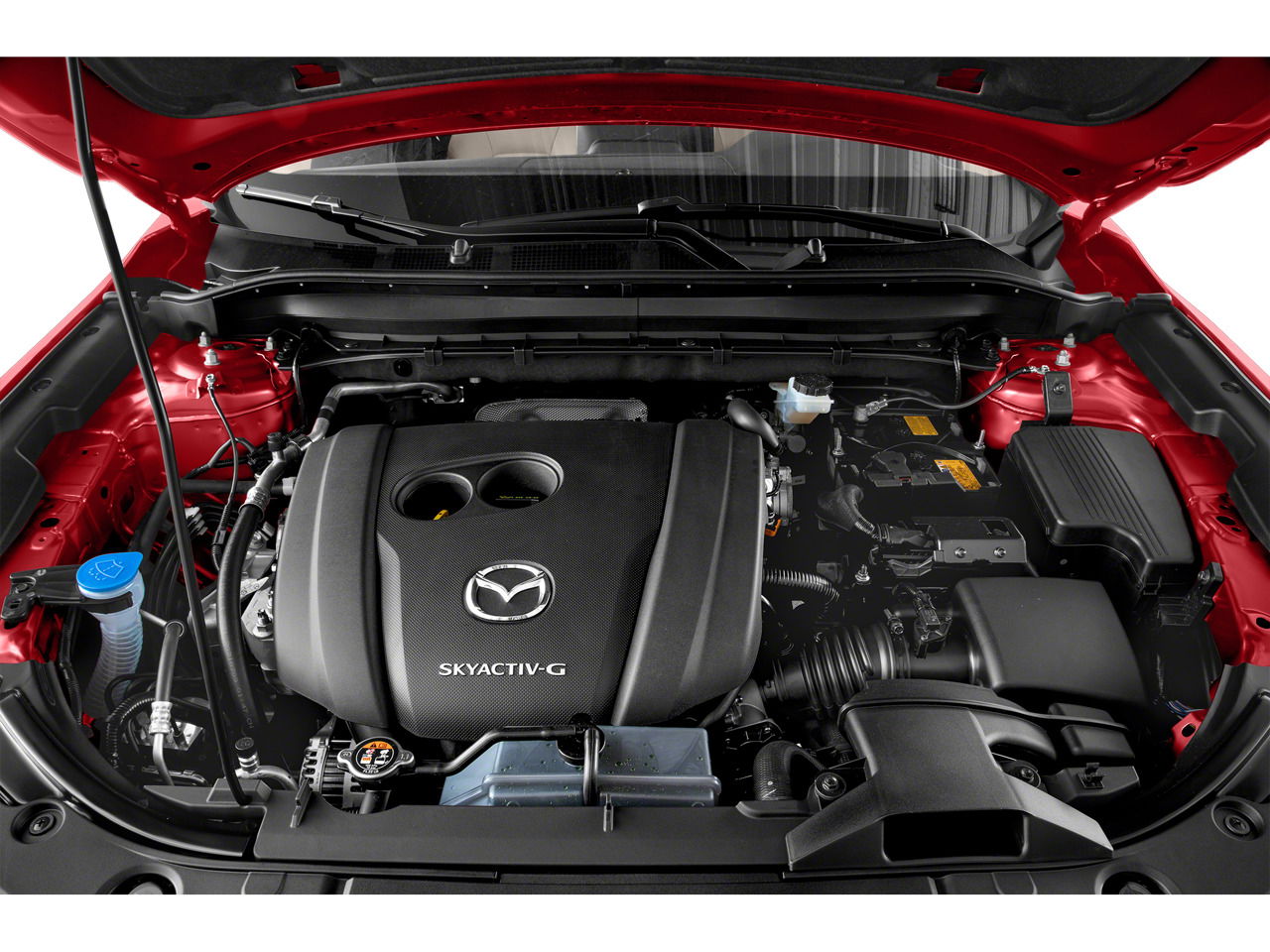
The Mazda CX-5 gas tank size ensures fewer stops on long journeys, but it’s also worth considering how the vehicle’s 58-liter capacity interacts with its fuel economy. For example, a daily 40-mile round-trip commute would require refueling roughly every 9-10 days (assuming mixed driving). A 500-mile road trip would need just over a single tank, with a safety margin remaining.
The CX5 Mazda gas mileage is further supported by features like the 6-speed automatic transmission, which optimizes gear shifts for efficiency, and the i-stop idle reduction system (on certain trims), which cuts engine operation during stops to save fuel.
That said, stop-start systems like Mazda’s i-stop are an overhyped fuel-saving gimmick, not the revolutionary efficiency boost automakers claim. Yes, in heavy urban traffic with endless red lights, i-stop can marginally improve Mazda CX-5 MPG by 3-5%.
But let’s be real: the savings are negligible for most drivers—about $50/year for average commuters. Meanwhile, the downsides are infuriating: laggy restarts at green lights, added wear on starters and batteries, and the constant shuddering of the engine cutting in/out.
Proponents argue it reduces emissions in cities (true) and that modern systems are seamless (debatable). But compare Mazda’s i-stop to hybrids like the RAV4’s smooth electric creep—it’s a crude solution.
Even Mazda’s own mild-hybrid e-SKYACTIV is a better approach. Worse, i-stop disables itself in extreme temps or when HVAC is running full blast, precisely when you don’t want surprises.
Ultimately, stop-start is a compliance trick to game EPA tests, not a meaningful efficiency upgrade. If Mazda really cared about fuel savings, they’d ditch i-stop on gas models and go all-in on hybrids. Until then, most drivers should disable it at every startup. Your sanity is worth more than half a gallon of gas per tank.
2025 Mazda CX-5 Gas Tank Size
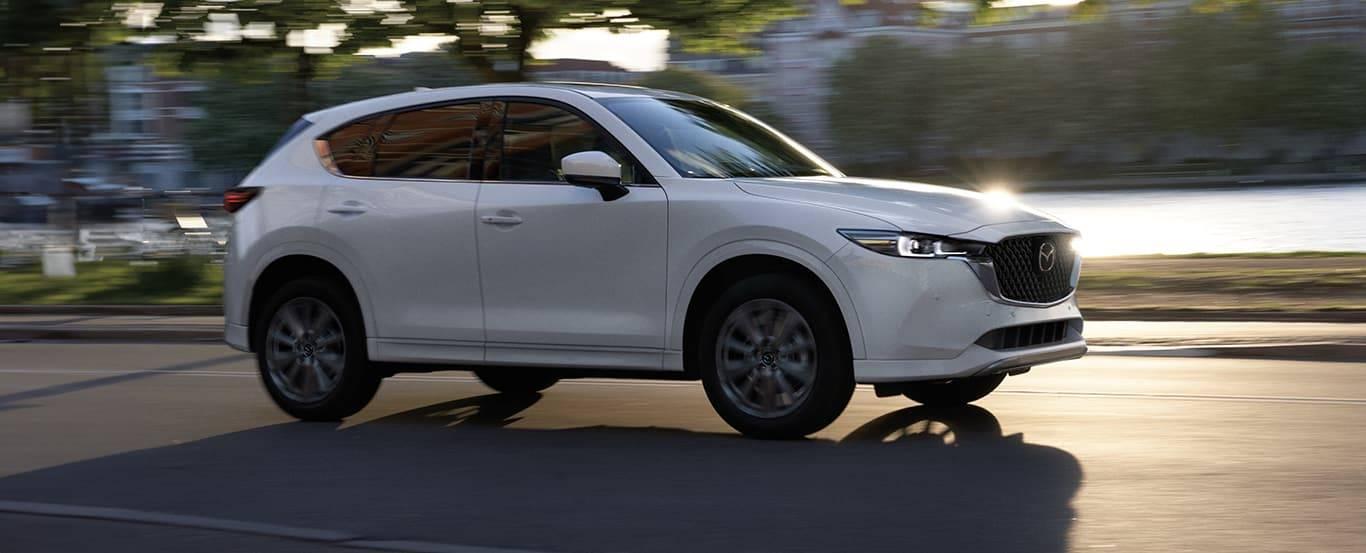
The 2025 Mazda CX-5 continues its legacy as a refined, driver-focused compact SUV, but with subtle updates that distinguish it from the 2024 model, especially in fuel efficiency and trim refinement.
Let’s start with the gas tank size. Both the 2025 and 2024 CX-5 models feature a 15.3-gallon fuel tank, unchanged from the previous year. This capacity supports a practical driving range, especially when paired with Mazda’s efficient powertrains.
In terms of mileage, the 2025 CX-5 delivers 23 mpg city / 29 mpg highway / 25 mpg combined in its standard 2.5L naturally aspirated configuration. The turbocharged 2.5L variant sees slightly lower figures at 22 mpg city / 27 mpg highway / 24 mpg combined. These numbers are nearly identical to the 2024 model, which also offered 23/29/25 mpg in its base trim.
However, Mazda has fine-tuned engine calibration and transmission behavior in 2025 for smoother power delivery and marginally improved real-world efficiency, especially in stop-and-go traffic.
Now, onto body dimensions. The 2025 CX-5 measures 180.1 inches in length, 72.6 inches in width, and 66.1 inches in height, with a wheelbase of 106.2 inches and ground clearance of 7.6 inches. These dimensions are virtually identical to the 2024 model, which shared the same platform and exterior footprint.
Cargo capacity remains at 30.8 cubic feet behind the second row, expandable to 59.3 cubic feet with the seats folded—again, unchanged from 2024.
Interior space is also consistent year-over-year, offering 41 inches of front legroom, 39.6 inches in the rear, and generous headroom and shoulder room for a compact SUV. The 2025 model does, however, introduce minor trim-level tweaks, such as updated upholstery options and infotainment refinements, that subtly enhance cabin comfort.
summarily, the 2025 Mazda CX-5 doesn’t reinvent the wheel but rather polishes it. It retains the same gas tank size and nearly identical mileage and dimensions as the 2024 model, but with slight improvements in drivability and interior refinement.
For buyers comparing the two, the decision may come down to trim availability and pricing rather than mechanical differences. If you're considering a CX-5, the 2025 model offers a familiar package with just enough polish to keep it feeling fresh.
Why The Mazda CX-5 Is The Better C-SUV Among Rivals
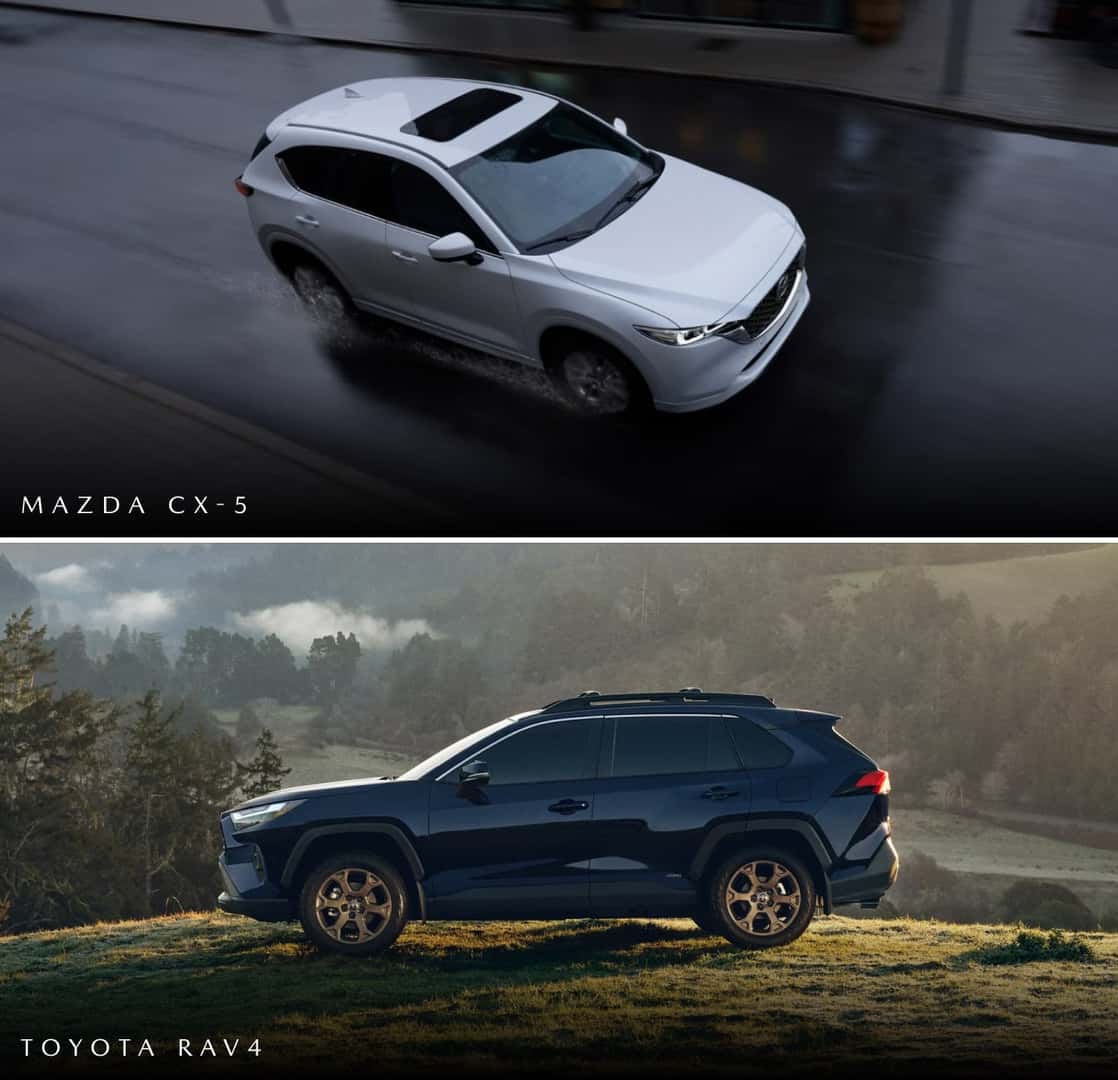
When it comes to choosing a compact SUV that balances fuel efficiency with an engaging ownership and driving experience, the 2025 Mazda CX-5 stands out as the most well-rounded option among its peers, including the Toyota RAV4, Honda CR-V, Hyundai Tucson, and Volkswagen Tiguan.
Let’s start with fuel economy. The CX-5's EPA-estimated 25 mpg city and 31 mpg highway in its base configuration is competitive with the segment leaders. While the Toyota RAV4 Hybrid edges it out on paper with up to 41 mpg city, that advantage comes with trade-offs in driving dynamics and cabin refinement.
The CX-5’s real-world mileage is bolstered by Mazda’s fuel-saving technologies like G-Vectoring Control Plus and i-Activ AWD, which optimize power delivery and traction without sacrificing efficiency.
But where the CX-5 truly pulls ahead is in the driving experience. Unlike many of its rivals that prioritize utility over engagement, Mazda has infused the CX-5 with a sense of sporty precision. Its steering is responsive, the suspension is finely tuned for both comfort and agility, and the available turbocharged engine delivers up to 250 horsepower, a figure that outpaces the CR-V, RAV4, and Tucson in their non-hybrid trims.
Even in its base form, the CX-5 feels more connected to the road, offering a level of driver satisfaction that’s rare in this class.
Inside, the CX-5 continues to impress. Mazda has elevated the cabin with premium materials, a quiet ride, and a driver-focused layout that feels more luxury-adjacent than utilitarian.
The 2025 model introduces a larger infotainment screen, wireless Apple CarPlay/Android Auto, and enhanced driver-assistance features—all standard. Compared to the more plasticky interiors of the RAV4 or the tech-heavy but less refined CR-V, the CX-5 strikes a perfect balance between comfort, style, and usability.
Ownership experience also matters, and Mazda delivers here too. The CX-5 has a strong reputation for reliability, resale value, and customer satisfaction. It’s backed by a competitive warranty and a growing network of service centers.
And while it may not offer a hybrid variant (yet), its fuel economy is strong enough to satisfy most efficiency-minded drivers without compromising the joy of driving.
In short, for someone who wants great mileage but refuses to settle for a dull, disconnected SUV, the 2025 Mazda CX-5 is the clear winner. It’s not just about getting from A to B—it’s about enjoying the journey, every time.
Mazda CX-5 Common Problems, Maintenance, And Reliability
The Mazda CX-5 has earned a strong reputation for reliability, but like any vehicle, it’s not without its quirks.
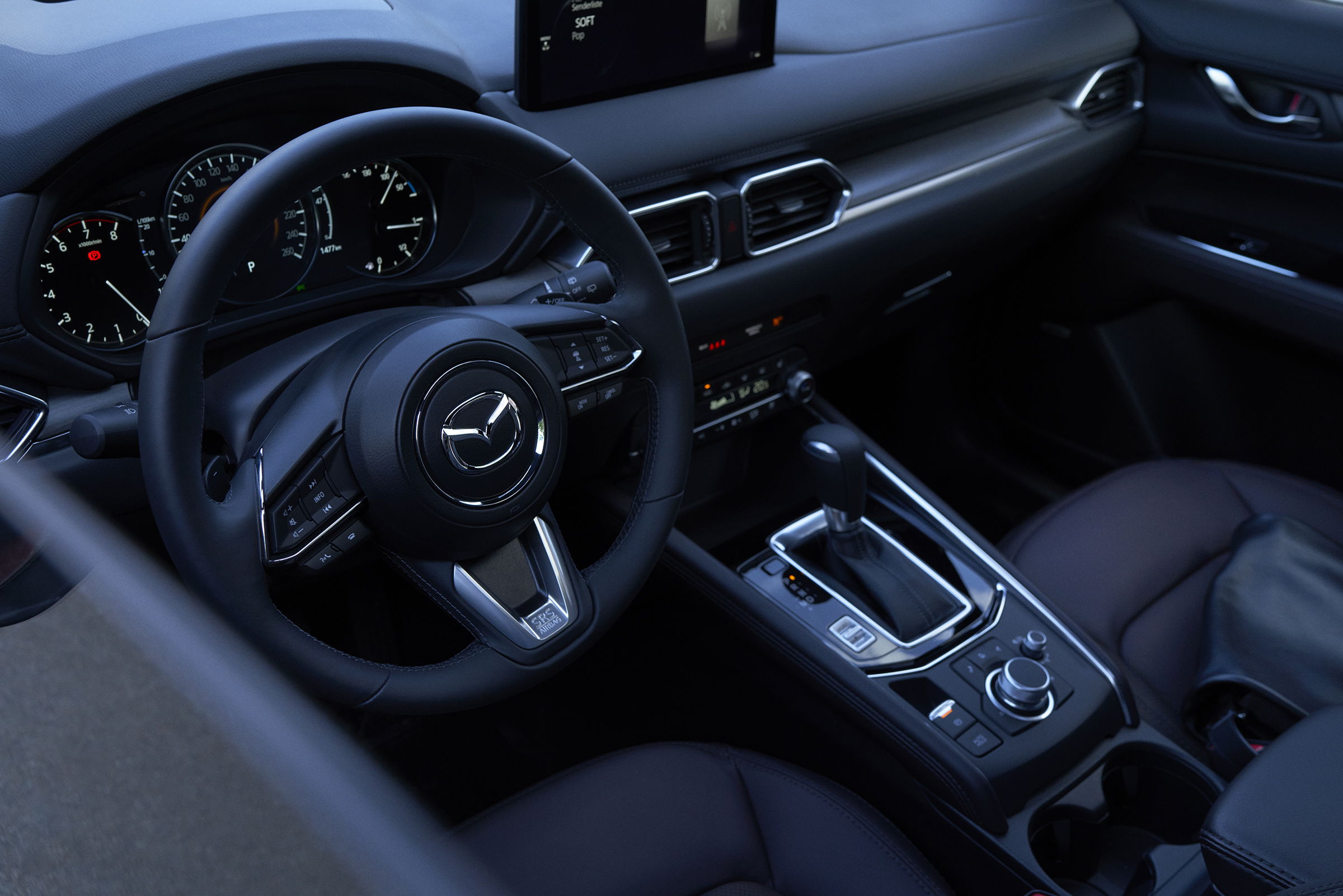
Common Problems
Across its two generations, the CX-5 has experienced a few recurring issues.
Early models (especially 2014–2016) were prone to electrical quirks, such as systems staying powered after the engine was shut off, leading to battery drain. Some owners also reported infotainment glitches, including freezing screens and erratic radio behavior, particularly in 2018–2019 models.
Another notable issue is windshield fragility. Some drivers have reported spontaneous cracking or defroster malfunctions, especially in colder climates. Additionally, transmission control module (TCM) errors in certain 2018–2019 models led to engine stalling and prompted official recalls. While these problems aren’t widespread, they’re worth noting if you’re shopping used.
Mazda CX-5 Maintenance
The CX-5 is relatively affordable to maintain. According to RepairPal, the average annual maintenance cost is around $447, which is lower than the compact SUV segment average. Routine upkeep like oil changes, brake pad replacements, and tire rotations tends to be straightforward and budget-friendly.
Mazda’s SKYACTIV technology contributes to both performance and efficiency, but it also means that using the correct fluids and following the manufacturer’s service intervals is crucial. For example, transmission fluid changes and spark plug replacements should be done on schedule to avoid long-term issues.
Owners should also keep an eye on brake wear. Some models have experienced premature pad and rotor degradation. And while rare, suspension vibrations and steering quirks have been reported, often due to worn bushings or unbalanced wheels.
Mazda CX-5 Reliability
Here’s where the CX-5 shines. J.D. Power consistently rates it in the 80–85 out of 100 range, placing it in the “Great” category for dependability. Consumer Reports has also awarded the CX-5 high marks, often giving it a 4 or 5 out of 5 for predicted reliability across multiple model years.
The 2020 and newer models are especially well-regarded, with fewer complaints and improved infotainment systems. The 2020 CX-5, for instance, resolved many of the TCM and electrical issues seen in earlier years. With proper care, many CX-5s easily surpass 150,000 to 200,000 miles.
The Verdict
The Mazda CX-5 blends sporty handling with upscale design and proven reliability. While it has had its share of hiccups—mostly in earlier model years—its overall track record is strong. Stick to regular maintenance, avoid the known trouble years (like 2014, 2016, 2018–2019), and you’ll likely enjoy a dependable, enjoyable ride for years to come.
Is The 2024 Mazda CX-5 Fuel-Efficient Enough?
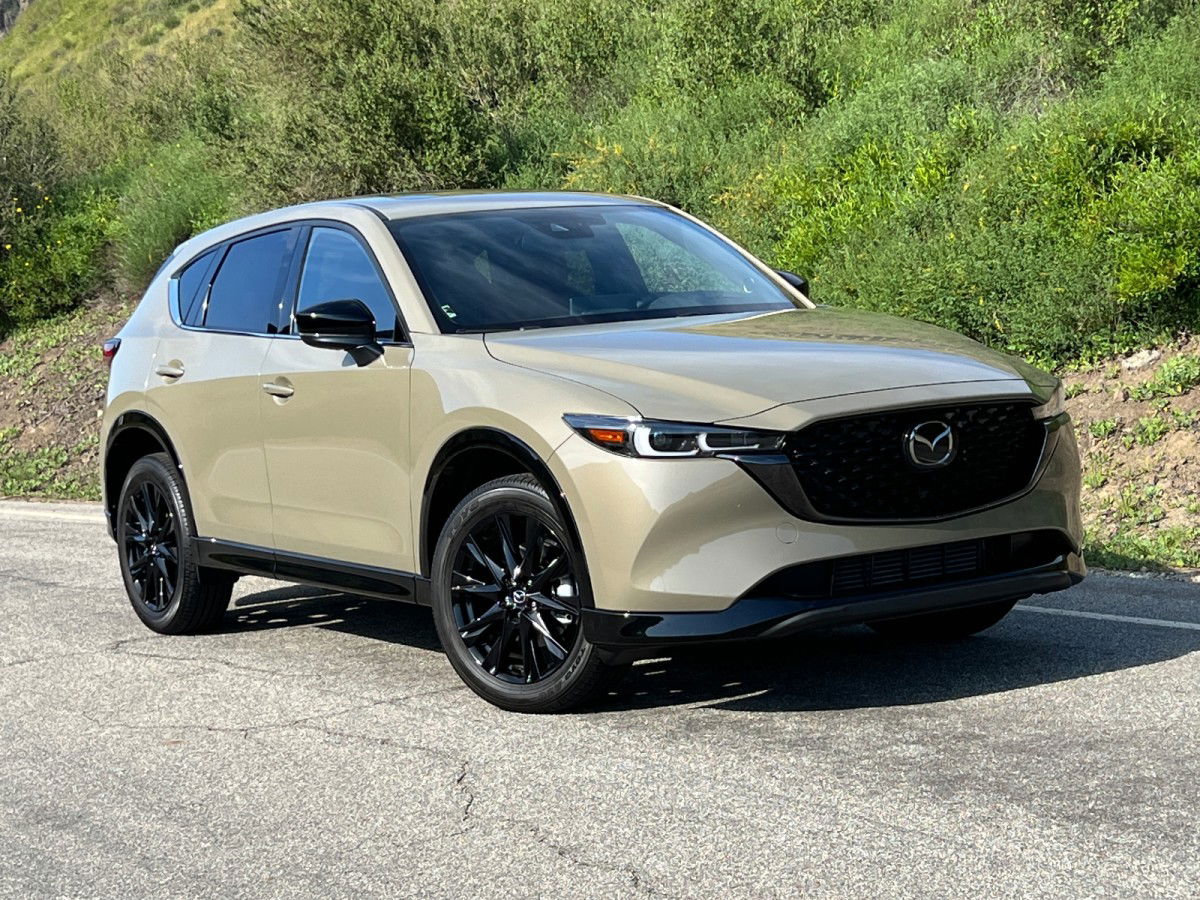
The 2024 Mazda CX-5 delivers a compelling mix of fuel capacity, MPG ratings, and driving enjoyment. While its 25 MPG combined may not lead the class, the 15.3-gallon tank ensures ample range, and the use of regular unleaded gas keeps running costs reasonable.
Whether you prioritize cx5 mileage for daily commutes or need the highway efficiency for cross-country adventures, the CX-5 remains a versatile and economical choice in the crowded compact SUV market.